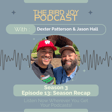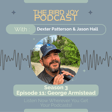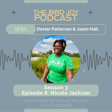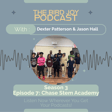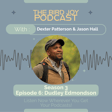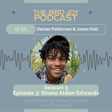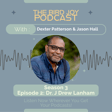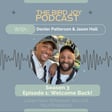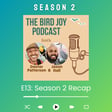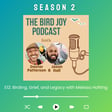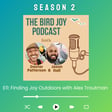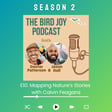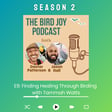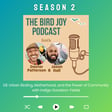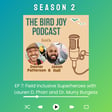
The Joy of Bird Migration with Mariah Hryniewich and Luis Eduardo Gles
On this week's episode, Dexter and Jason sit down with two fun and amazing folks, Luis Gles and Mariah Hryniewich of Woodstars Nature Tours. Mariah and Luis speak to us from the Rio Grande Valley in Texas about manning the Florida Keys Hawkwatch and experiencing the greatest Peregrine Falcon migrations on record. The Hawkwatch also boasts incredible numbers of Swallow-tailed and Mississippi Kites, Bahama Swallows, and tons of warbler flight. If that extreme heat, humidity, and mosquitoes weren’t enough, Luis and Mariah now spend the spring and summer months in the Bering Sea on St. Paul Island, AK, leading bird tours and doing surveys. You never know what can show up on the island. This year, they got folks on a Smew and a Garganey, Song Thrush, and Little Bunting. They discuss biting on the island and how it differs from the Hawkwatch.
You will hear about more different bird species in this episode than in any other episode. Have those Google fingers ready to explore and enjoy!!
Be sure to follow our podcast on Instagram at @thebirdjoypod and subscribe wherever you get your podcasts.
